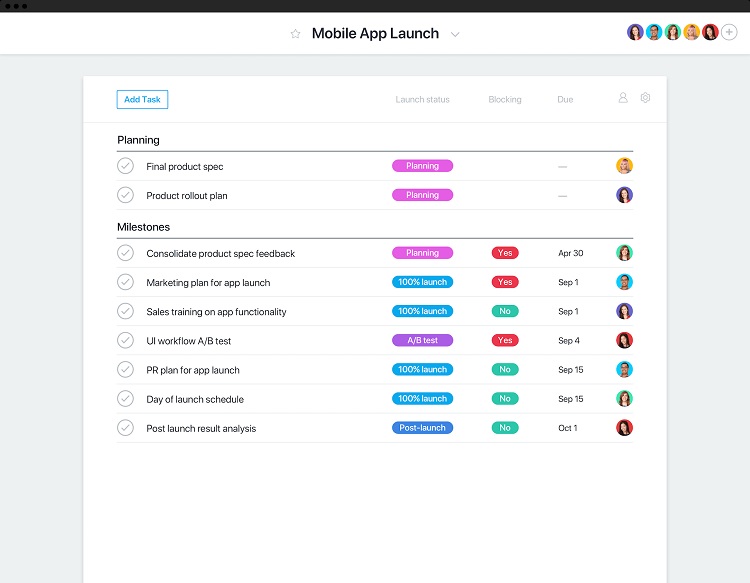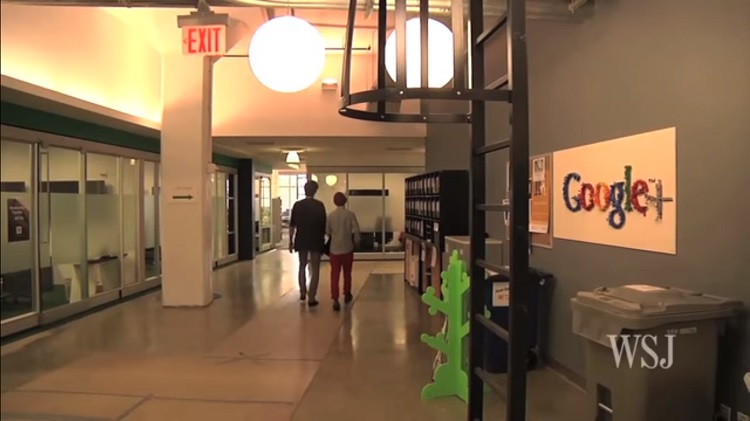How to Update Your Online and Offline Business Space
Your business space showcases your brand’s personality. If you haven’t updated your space in a while, figuring out what will help you function to the best of your ability while looking contemporary requires a bit of thought and careful planning.
Although the traditional open floor plan with cubicles may still be commonplace in many companies, design experts predict that by 2025, workspaces will become more fluid and movable, adapting to suit changing needs.
1. Use Networking Tools
If you do most of your business online, it can become challenging as your business grows. You don’t have a physical office space where everyone works and meets. It becomes vital to create online meeting spaces that allow everyone on your team to become part of the action.
Some tools that can help you with this type of online business space include Asana and Basecamp. Several different online tools let everyone on your team stay connected and on the same page on projects. All you need to do is find the one that’s affordable and works well for your team.

Asana allows companies to complete projects online. This type of platform allows a manager to assign tasks, check off to-dos as team members finish them and bring all the elements of a project together, even if the workers live all over the globe.
2. Add Experiential Elements
If you’d like to take your office design to a new level, add experiential design elements to your physical workspace. With studies showing strong employee engagement equates to better company profits, it probably isn’t surprising to learn disengaged workers cost companies about $550 billion per year.
Adding engaging elements helps improve both the daily atmosphere workers spend most of their day within, but also provides a memorable entry to a special event, such as an awards ceremony. There are many ways you can freshen up your office space with experiential graphics.
3. Update Your Website
Having a website that looks current and on-trend is an integral part of your online business model. Commit to updating your website’s look and features at least once a year. While you don’t have to change everything completely, you should make sure all the major elements are still functioning correctly and add any necessary improvements.
One example that comes to mind is the issue of mobile responsiveness. Each year, more people access the Internet via their mobile devices. If your site isn’t mobile-friendly, you risk losing those site visitors. Study trends and statistics and see what changes would work best for your online storefront.
4. Create Collaborative Space
One of the latest trends in office designs is ensuring there is room for collaboration. In 2018, offices are increasingly moving toward getting rid of specific zones that allow opportunities for cooperation, in favor of incorporating opportunities throughout the building. What does this look like? Each floor might have an open area with tables, chairs and some whiteboards. Beanbags are available in hallways, so people can lounge and chat, easily sharing ideas.
Look at the various areas of your current setup. Where do people already naturally congregate to share ideas? How can you encourage impromptu brainstorming sessions among staff? Don’t look at collaborative space as something to add on, but as something to make a regular part of the office space.
Google’s New York City offices provide a good example of how to create more opportunities for collaboration. Their rule of thumb is that there is food everywhere, giving people an incentive to congregate and talk. They also wanted people to be able to move easily between floors, but their elevator system was slow. Their solution was to install enclosed ladders that take workers quickly from one floor to the next for a snack, a chat or to find someone in another department and brainstorm for a bit.
5. Transform Social Media
Your social media page should reflect your overall branding as a company. That means if someone visits you on Twitter or Facebook, they should immediately recognize the logo, color scheme and perhaps even the tone of voice as being exclusively yours and part of your company image.
The first step is to come up with a standard color palette for all designs. Next, place your logo anywhere your business has a presence. From there, think about your purpose as a company. Everything you post should reflect that purpose.
6. Overhaul Your Reception Area
Even though you might get visitors rarely, your reception area should still make those visitors feel warm and welcome. It’s relatively easy to refresh this area, which is the face of your company, by adding a fresh coat of paint, some artwork and a new rug.
In addition to giving everything a fresh, clean look, it’s a good idea to add small touches, such as live plants and some magazines related to your industry. These give visitors something of interest while waiting for their appointment with you.
Your reception area is more than just the way things look, though. From the minute the person walks in your front door, they should feel welcome. A receptionist who greets them with a warm smile and an offer of water or coffee goes a long way toward achieving this feeling. While you’re updating the look of your foyer or lobby, you should also refresh training for any employees who work at the front desk.
While on the subject, check out the Basics of Starting a Franchise.
Updating Your Space
Keep your focus on growing as a company and moving forward by updating your business space and refreshing your look and processes from time to time. Improving your physical offices or your online workspace and sales space impacts not only the aesthetics of your business, but the attitude of your workers. If they see you’re investing time and resources, they’ll be more motivated to help you succeed by trying their hardest.
